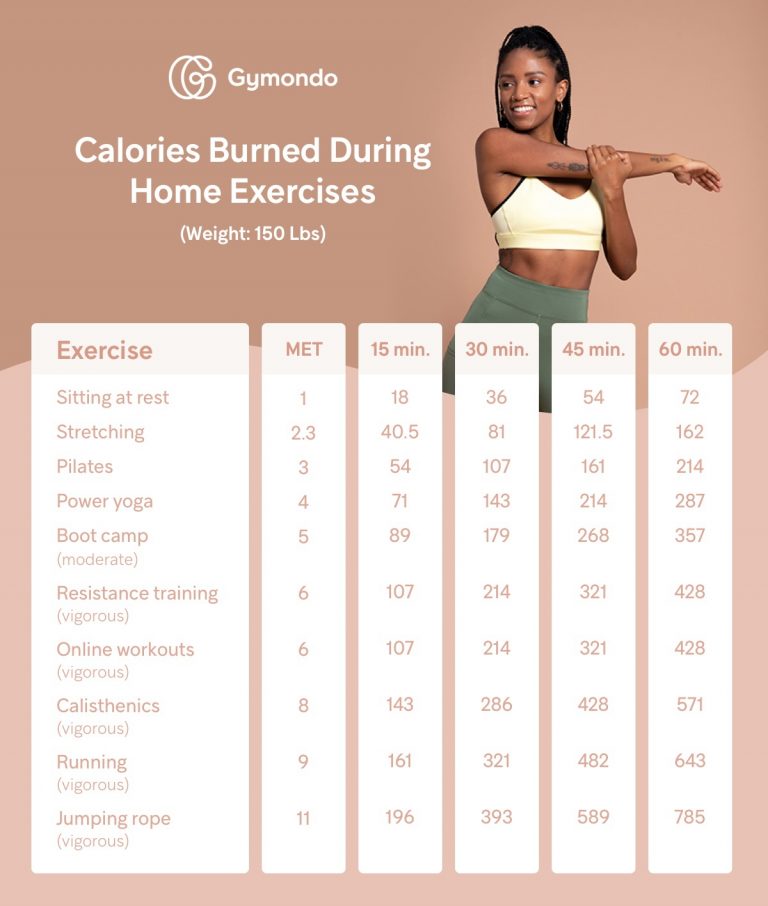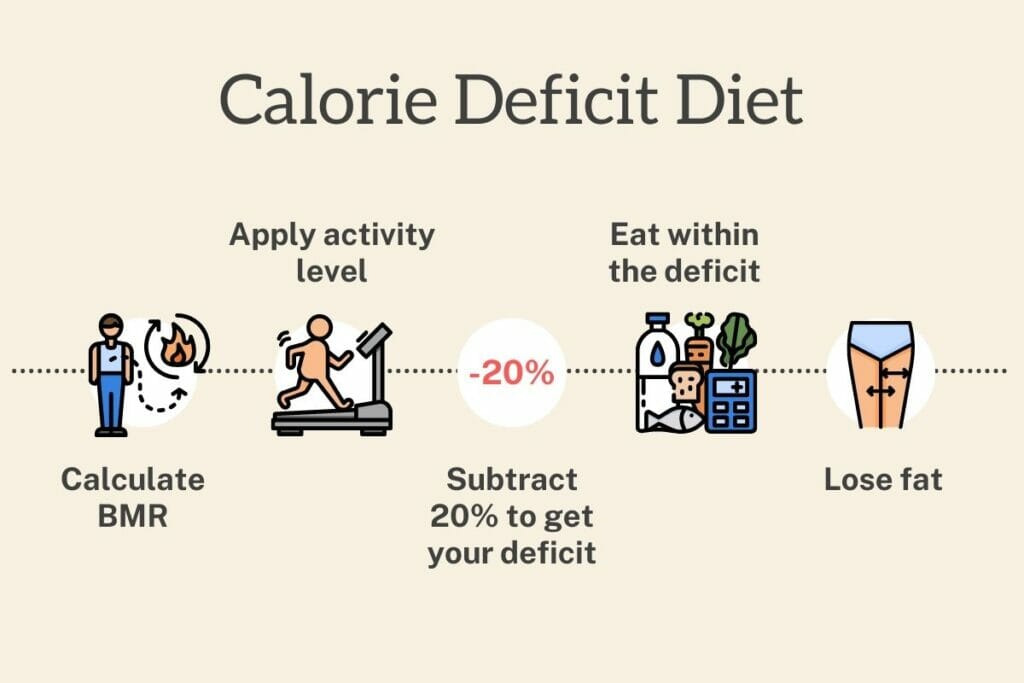Understanding Calorie Deficit and Its Importance
A calorie deficit occurs when an individual consumes fewer calories than they burn throughout the day. This intentional imbalance triggers the body to use stored energy sources, such as fat, to meet its energy needs. As a result, a calorie deficit can lead to weight loss. A 700 calorie deficit, specifically, can contribute to faster yet healthy weight loss when executed correctly.
Calculating Your Daily Caloric Intake
To calculate your daily caloric intake, you need to consider several factors, including age, sex, weight, and activity level. Online calculators can help you estimate your daily caloric needs. Once you know your maintenance calorie level, you can create a 700 calorie deficit by reducing your daily intake by 700 calories or combining a moderate calorie reduction with increased physical activity.
Creating a Balanced Meal Plan
A balanced meal plan is crucial for maintaining good health while pursuing weight loss through a 700 calorie deficit. Aim for a balanced distribution of macronutrients—proteins, carbohydrates, and fats—in your meals. Include a variety of nutrient-dense foods, such as fruits, vegetables, whole grains, lean proteins, and healthy fats. Here are some examples of healthy meals and snacks that fit within a 700 calorie deficit:
- Spinach and feta omelette with a slice of whole-grain toast
- Grilled chicken salad with mixed greens, cherry tomatoes, cucumber, and a vinaigrette dressing
- Quinoa bowl with roasted vegetables and a lean protein source, such as grilled salmon or tofu
- Apple slices with a small handful of almonds or a tablespoon of natural peanut butter
- Greek yogurt with fresh berries and a drizzle of honey
Incorporating Regular Physical Activity
Exercise plays a vital role in any weight loss plan, including a 700 calorie deficit. Regular physical activity not only helps you burn more calories but also promotes overall health and well-being. Here are some types of workouts, their calorie-burning potential, and tips for balancing them with a reduced caloric intake:
- Cardiovascular Exercise: Activities like running, swimming, and cycling can help you burn a significant number of calories. Aim for at least 150 minutes of moderate-intensity or 75 minutes of high-intensity cardio each week. Adjust the duration and intensity based on your calorie deficit and energy levels.
- Strength Training: Lifting weights or engaging in bodyweight exercises can build muscle, which increases your resting metabolic rate. Aim for two strength training sessions per week, focusing on major muscle groups. Be mindful of your energy levels and adjust your routine as needed to avoid overexertion.
- Flexibility and Balance Exercises: Yoga, Pilates, and tai chi can improve flexibility, balance, and mental well-being. Incorporate these activities into your routine 1-2 times per week, ensuring they don’t interfere with your cardio and strength training sessions.
Remember to listen to your body and adjust your exercise routine as needed. Overexertion can lead to injury and hinder your progress. Balancing your calorie deficit with regular physical activity will help you achieve your weight loss goals while maintaining a healthy lifestyle.
Monitoring Progress and Adjusting Your Plan
Monitoring your progress is crucial when following a 700 calorie deficit plan. Regularly tracking your weight, body measurements, and energy levels will help you determine if your plan is working and if any adjustments are necessary. Here’s how to effectively monitor your progress and make adjustments:
- Weigh-ins: Weigh yourself once a week at the same time, under similar conditions. This will help you track changes in your weight without being influenced by daily fluctuations.
- Body Measurements: Measure your waist, hips, and thighs every 2-4 weeks. This will help you determine if you’re losing fat in addition to weight.
- Energy Levels: Pay attention to how you feel throughout the day. If you’re consistently fatigued or experiencing frequent hunger, you may need to adjust your calorie intake or exercise routine.
If you’re not seeing the desired results or experiencing adverse effects, consider adjusting your calorie intake or exercise routine. For example, you might:
- Decrease your daily caloric intake by 100-200 calories
- Increase your physical activity level by adding more cardio or strength training sessions
- Reevaluate your macronutrient ratios and adjust them accordingly
Remember, it’s essential to make gradual adjustments and not drastically change your plan. Rapid changes can lead to frustration, burnout, and decreased motivation. By consistently monitoring your progress and making small adjustments, you’ll be more likely to achieve your weight loss goals with a 700 calorie deficit.
Maintaining a 70
Potential Drawbacks and Safety Considerations
While a 700 calorie deficit can contribute to faster weight loss, it’s essential to be aware of potential drawbacks and safety considerations. A reduced calorie intake can lead to nutrient deficiencies if not properly managed, and drastic calorie restriction may negatively impact your metabolism. Here’s how to address these concerns and maintain a safe and healthy weight loss plan:
- Nutrient Deficiencies: Ensure your meal plan includes a variety of nutrient-dense foods, such as fruits, vegetables, whole grains, lean proteins, and healthy fats. Consider taking a multivitamin to supplement your diet and fill any potential nutritional gaps.
- Metabolic Slowdown: Gradually decrease your calorie intake and avoid drastic reductions. Incorporate regular strength training exercises to build muscle and maintain a healthy metabolism. Additionally, consider taking periodic breaks from calorie restriction to give your body a chance to recover and reset.
If you have any pre-existing medical conditions, are pregnant, or are significantly overweight, consult a healthcare professional before starting a 700 calorie deficit plan. A medical professional can provide personalized guidance, monitor your progress, and ensure your weight loss plan is safe and effective.
Real-Life Success Stories and Product Reviews
Experiencing success with a 700 calorie deficit often involves a combination of determination, consistency, and the right tools. Here, we share inspiring success stories from individuals who have achieved a calorie deficit and review products that can help you maintain your weight loss goals:
Success Story 1
Jane, a 35-year-old mother of two, managed to lose 30 pounds in four months by following a 700 calorie deficit plan. She combined a balanced meal plan with regular exercise, including running, yoga, and strength training. Jane emphasizes the importance of meal prepping and finding an accountability partner to help her stay on track.
Success Story 2
Mike, a 45-year-old office worker, dropped 40 pounds in six months by tracking his calorie intake and incorporating high-intensity interval training (HIIT) into his exercise routine. Mike used a fitness app to monitor his progress and stay motivated. He also joined a local running group for additional support and encouragement.
Product Review: Meal Replacement Shakes
Meal replacement shakes can be an effective tool for maintaining a calorie deficit. These pre-portioned, nutrient-dense shakes make it easy to control calorie intake and ensure you’re getting the necessary nutrients. Look for shakes with a balanced macronutrient profile, minimal added sugars, and high-quality ingredients. Some popular meal replacement shake brands include Premier Protein, Orgain, and Garden of Life.
Product Review: Fitness Apps
Fitness apps can help you track your calorie intake, exercise, and progress. Many apps also offer personalized meal plans, workout routines, and community support. Some highly-rated fitness apps include MyFitnessPal, Lose It!, and Noom. These apps can be an invaluable resource for individuals following a 700 calorie deficit plan, providing motivation, guidance, and accountability.








